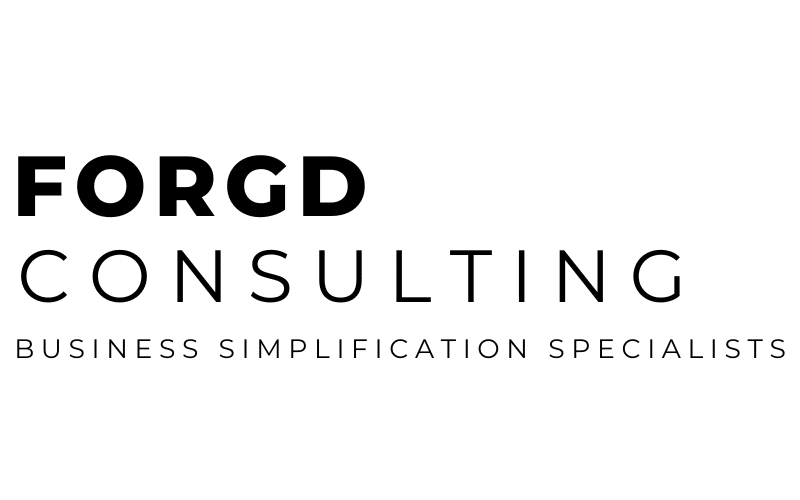
Introduction
In every business, productivity is key to success—but often, it’s hindered by inefficient workflows. Employees waste valuable time on redundant tasks, unclear processes, and bottlenecks that prevent work from moving forward smoothly.
Simplifying workflows eliminates these roadblocks, freeing up time and resources to focus on what truly matters. In this post, we’ll explore how simplifying workflows can improve productivity, reduce wasted time, and ultimately help your business operate more efficiently.
For further insights into improving your business operations, check out our post on Top 5 Ways to Save Time and Cut Costs in Your Business.
1. Streamlined Workflows Minimise Delays
One of the biggest productivity killers in any business is delay. When workflows are disorganised or unclear, employees spend unnecessary time waiting for approvals, clarifications, or additional steps. Simplified workflows remove unnecessary hurdles, allowing work to flow smoothly from start to finish.
How to Streamline Workflows
- Map Out Key Processes: Visualise your workflows using tools like Lucidchart to identify bottlenecks.
- Remove Redundant Steps: Eliminate steps that don’t add value to the overall goal.
- Automate Approvals: Reduce waiting times by setting up automated approval processes where possible using platforms like Zapier.
Example: A construction company improved project delivery time by 25% by removing redundant approval steps, allowing teams to work more efficiently and meet deadlines.
Why It Matters: By simplifying workflows, you remove delays and ensure tasks are completed faster and more efficiently.
2. Clear Processes Lead to Better Focus
When workflows are complicated, employees may struggle to understand their roles and responsibilities. This lack of clarity can cause distractions and reduce focus, ultimately affecting productivity. Clear, simplified processes provide structure and direction, helping employees know exactly what needs to be done and when.
How to Create Clear Processes
- Standardize Procedures: Establish clear and consistent processes for recurring tasks.
- Document Steps: Use Trello or Asana to document and track workflows so employees know their next steps at any time.
- Train Your Team: Make sure every team member is trained to follow the processes, ensuring consistency across tasks.
Example: A plumbing company created a standard checklist for its field technicians, which improved on-site productivity and reduced error rates by 30%.
Why It Matters: When your team knows exactly what is expected of them, they can focus better, resulting in increased efficiency and output.
3. Simplification Reduces Overwhelm and Stress
Overcomplicated workflows can overwhelm employees, especially when they’re forced to juggle multiple processes or switch between different tasks. Simplification removes these distractions, helping teams stay focused on the task at hand and reducing stress levels, which ultimately boosts productivity.
How to Simplify for Better Mental Clarity
- Prioritise Tasks: Break down complex workflows into smaller, more manageable steps.
- Consolidate Tools: Use all-in-one platforms like HubSpot to centralise communication, project management, and file sharing in one place.
- Use Templates: Create reusable templates for frequent tasks to reduce mental load and avoid reinventing the wheel.
Example: An engineering firm reduced employee stress by consolidating communication tools, making it easier for employees to access and share information without switching between apps.
Why It Matters: Simplifying workflows reduces cognitive overload, allowing your team to focus better and work at a higher capacity.
4. Simplified Workflows Improve Communication
Effective communication is essential for productivity, but in complex workflows, miscommunication often occurs. Simplifying your processes can help streamline communication, ensuring that everyone is on the same page, which leads to faster decision-making and fewer mistakes.
How to Improve Communication with Simplified Workflows
- Centralise Communication: Use tools like Slack or Microsoft Teams to facilitate direct communication and keep discussions focused.
- Set Clear Guidelines: Ensure that team members know who to communicate with and how, preventing delays caused by unclear communication channels.
- Track Progress: Use project management tools to visually track progress and keep everyone informed of deadlines and status updates.
Example: A logistics business saw a 20% improvement in on-time deliveries after implementing a real-time communication platform for all team members, ensuring instant updates on issues or delays.
Why It Matters: Streamlined communication ensures that employees stay aligned, work more efficiently, and make fewer errors, directly boosting productivity.
5. Automation Frees Up Valuable Time
Automating repetitive tasks is one of the most effective ways to simplify workflows and boost productivity. By using automation tools, businesses can eliminate manual, time-consuming tasks and allow employees to focus on more valuable work.
How to Automate Your Workflows
- Invoicing: Use software like Xero or QuickBooks to automate invoicing and financial management.
- Project Management: Automate task assignments and reminders with tools like Asana or Monday.com.
- Customer Interactions: Use automated email marketing platforms like Mailchimp to keep customers engaged without manually crafting every message.
Example: A manufacturing company automated its inventory tracking system, reducing manual work and ensuring real-time updates, which saved 15 hours a week on average.
Why It Matters: Automation saves time, reduces errors, and frees up your team to focus on higher-priority tasks, boosting overall productivity.
How Forgd Consulting Can Help
At Forgd Consulting, we specialise in helping businesses simplify their workflows to boost productivity. From identifying inefficiencies to implementing automation, we provide the tools and support you need to streamline operations and get more done.
If you’re ready to simplify your workflows, book your free Simplification Kick-Start session today and see how we can help your business run more efficiently.
Conclusion
Simplifying workflows is not a one-time fix—it’s an ongoing process that can have a profound impact on your business’s productivity. By removing inefficiencies, clarifying roles, reducing stress, improving communication, and automating repetitive tasks, you can create an environment that supports high performance and growth.
Start small, simplify where it counts, and watch your business’s productivity soar.

